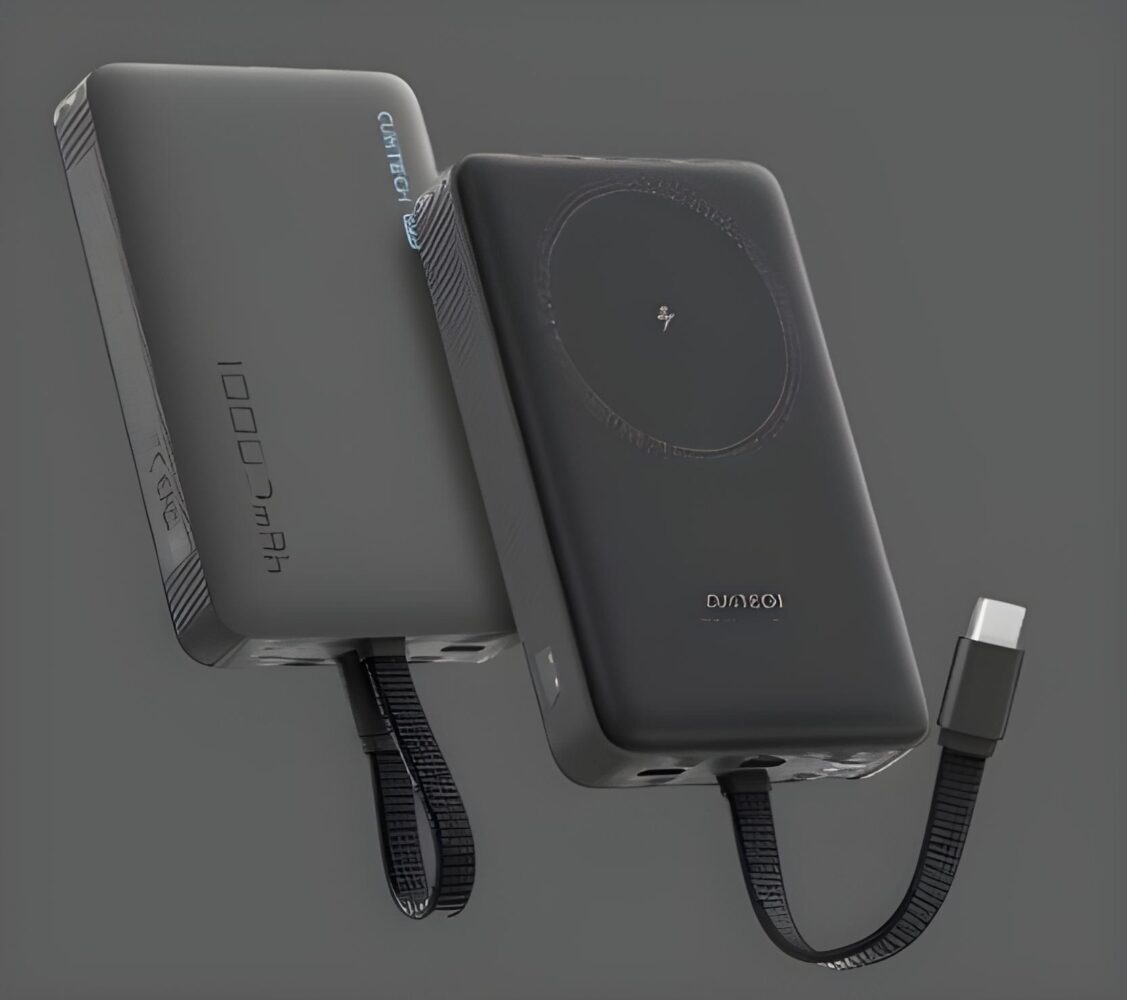Apple’s iPhone 17 and iPhone Air will ship with a new security feature designed to make life harder for spyware vendors and exploit developers. The system, called Memory Integrity Enforcement (MIE), targets memory corruption bugs — one of the most common vulnerabilities exploited by surveillance companies and forensic toolmakers.
Memory corruption issues, often the backbone of spyware attacks like NSO Group’s Pegasus, allow malicious code to take control of a device by accessing memory areas it shouldn’t. These bugs also underpin tools used by law enforcement companies such as Cellebrite and GrayKey to unlock phones. MIE is intended to reduce that attack surface, raising both the time and financial cost of developing reliable exploits.
Security researchers who have worked on offensive cyber tools describe the iPhone 17 as “probably the most secure computing environment on the planet that is still connected to the internet.” While not foolproof, they argue that MIE significantly raises the barrier for attackers. Some vendors may temporarily find themselves without working exploits once MIE devices are in circulation, forcing them to rebuild toolchains or increase prices for clients.
The system is built on Arm’s Memory Tagging Extension (MTE), which Apple and Arm jointly developed further into Enhanced Memory Tagging Extension (EMTE) over five years. Unlike Android devices, where memory tagging is available but optional, Apple can enforce MIE more broadly thanks to its vertical control over hardware and software. Each segment of memory on the iPhone 17 is assigned a unique “tag” that functions like a password. If an app attempts to access memory without the correct tag, the system crashes and records the event — providing defenders with forensic evidence while blocking the attack.
Experts note that this logging mechanism could help Apple and independent researchers identify attacks more quickly. However, the effectiveness of MIE will also depend on how many third-party developers adopt Apple’s EMTE toolkit to protect their own apps, since only system applications like Safari and iMessage will be covered by default.
Some researchers caution against overhyping the feature. MIE may drive up costs for exploit development and force some surveillance vendors out of the market, but determined attackers with enough resources will still find ways in. As one expert noted, “as long as there are buyers, there will be sellers.”
Still, the move marks one of Apple’s most aggressive steps to date in limiting spyware. For individuals and organizations concerned about targeted surveillance, upgrading to the new iPhones could provide a meaningful security boost — even if the cat-and-mouse game between vendors and attackers is far from over.







